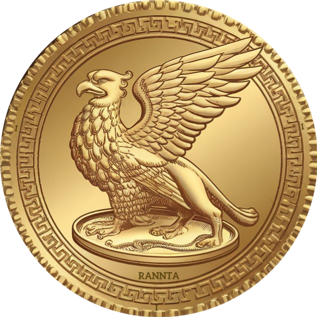Articles
Protocol, lore, and integrity for the MSF movement.
Featured
Why RANNTA Runs on TON
Speed, sovereignty, and symbolic state — the case for TON as the substrate of RANNTA.
Mythogenia: Fire, Memory, Return
Each Mythogenia work is built on a triad—Fire × Sound × Symbol. Fire speaks of renewal, sound names the form, and symbol binds it to memory.
Designing Stego & C2PA for NFTs
Collectors deserve provable origins. MSF pieces ship with layered proofs that make spoofing costly and remix verifiable.
Did the Greek Gods Come from Persia?
A comparative look at chronology, roles, and cultural exchange between the Iranian pantheon and the Greek Olympians.
Twelve Iranian Gods — NFT Series
A 12-piece MSF collection inspired by the Iranian pantheon.
